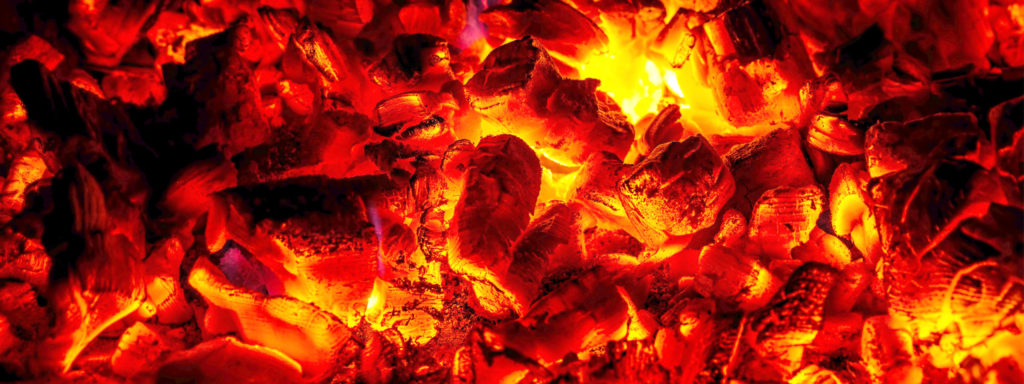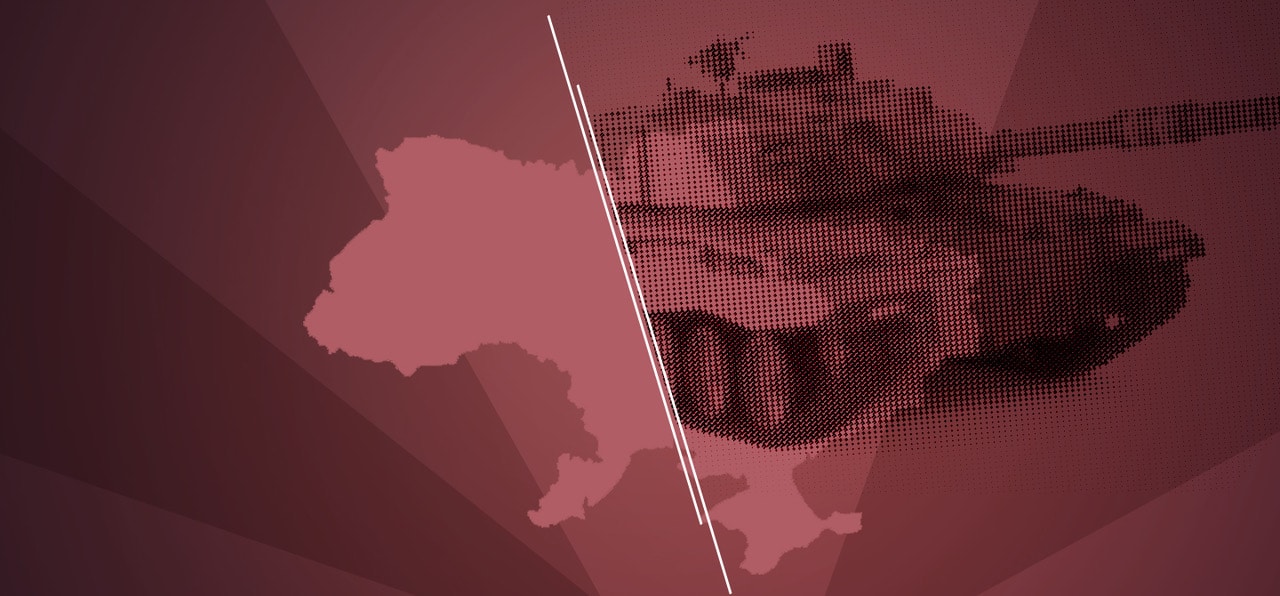At the Versailles summit on 10th-11th March, EU heads of state and government decided to reduce dependence on Russian gas. What does this mean for the European energy mix?
In the short term, this inevitably means replacing Russian gas with coal for part of the energy mix and replacing another part of the mix with liquefied natural gas (LNG) imported by sea. The immediate consequence of the war in Ukraine is that policies to reduce greenhouse gas emissions are put on hold, as coal-fired power generation emits about four times more CO2 than gas-fired generation. In the long term, this means building infrastructure to increase LNG imports and develop renewable energy.
How much coal does this represent?
In 2021, about 45% of the gas imported into Europe was of Russian origin. This dependence does not have the same weight in different countries. France imports 17% of its gas, Germany 50%, while Finland and Latvia, for example, import over 90%. Breaking this dependence in the short term will therefore require very different efforts from one country to another.
The demand for Russian gas in Europe can be reduced by 18–20% by using coal or dual-fuel power plants. Russian natural gas accounts for 11% of total primary energy consumption in Europe. So, we are talking about replacing around 2% of the energy consumed in Europe today in the form of gas with coal. That’s about the annual energy consumption of a country like Austria, or 10% of Germany’s energy. An important detail: we could go further and start up old coal-fired power stations again. This is probably what will happen if we do not reduce the demand for heating and electricity sufficiently.
Can you provide more details on the exit strategy for Russian gas?
An exit from Russian gas can be established through a three-pronged strategy. The first is the replacement of gas by LNG. The United States and Qatar account for 26% and 24% of EU imports and are massive exporters. However, there are technical constraints. Europe, especially Germany, lacks gas port terminals and LNG regasification plants. The world tanker fleet is 600 ships. This will not be enough to meet the rapidly growing demand. Finally, once the gas is delivered, it must be transported across Europe. The second is the use of coal (imported from South Africa). Finally, it will be necessary to reduce the consumption of industries and households. It is through the complementarity of these three axes that Europe can reduce its dependence in 2022, even if the two-thirds scenario seems rather unrealistic. A reduction of 50 to 60% is more likely. A complete halt to Russian gas imports in 2027 will require massive investments, particularly in renewables and LNG infrastructure. Nuclear power requires longer development times.

What would be the impact of a decrease in gas consumption?
The International Energy Agency estimates that if everyone in Europe reduced their heating by one degree, this would represent a saving of 6% in the volume of gas imported from Russia. In order to reduce French consumption as a whole, it would therefore be necessary to reduce the temperature to heat buildings in Europe by more than 3 degrees. This remains theoretical, as some of this gas is consumed by industry.
How can this difference in dependence between France and Germany be explained?
Germany uses 25% coal, 22% wind power and 17% natural gas to produce its electricity. France, on the other hand, has invested less in natural gas, as 70% of its electricity comes from nuclear power. Gas is used in particular for heating, for industry and for power stations used during peak periods. In addition, a large proportion of the gas imported into France comes from Algeria and Norway, transported by pipeline. This situation should reinforce France’s nuclear strategy.
What can we expect from price developments?
An observation of futures markets indicates that we will not go back to normal before the third quarter of 2023. This seems a long way away, but does not mean a constant increase in gas prices until then. It is impossible to predict the price of gas, but stable and high prices are likely. In this increase, the effect of anxiety and self-sanctioning, caused by the announcement of the American and British embargo on Russian gas and oil, are undeniable. Banks and companies are refusing to conclude contracts with Russians for fear of reprisals. The mini scandal surrounding the company Shell, which has not put an end to its activities in Russia, illustrates this well. To avoid attracting attention, and thus damaging their reputation, traders apply sanctions themselves, which leads to higher prices.
The way we store this resource is therefore strategic. Especially as we are just coming out of a difficult year for this sector, due in particular to the health crisis. Normally, European countries start the spring with about 40% of their storage capacity, whereas this year, this 40% had already been reached in mid-January. It is therefore important to restock gas, but doing so at high prices is a risk for buyers. Especially since, if this is the strategy chosen, it provides Russia with an additional weapon that it could exploit to push prices down.








